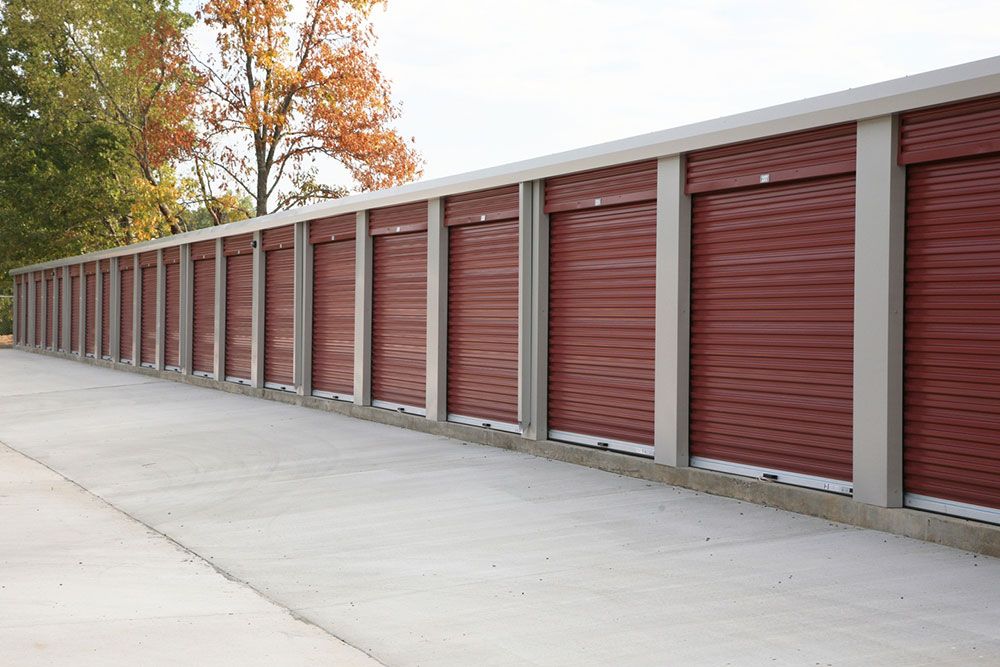Individuals and businesses often rent storage units if they need more space to keep their belongings. These units can be used to tuck away anything, like books, clothes, gadgets, old furniture, paperwork, and even valuables. Due to their high demand, investing in self-storage units is a good idea. It can help diversify the portfolio and create a steady passive income stream. But one must learn about the nitty-gritty of self-storage investing before proceeding any further.
About self-storage investing
Investments in self-storage are a form of real estate investment where one puts funds in self-storage facilities. The money earns a return in the form of rental income from the storage units. One could become an active investor by operating and managing the facility or remain a passive investor by choosing not to participate in the business operations.
Customers of self-storage units are typically individuals or small and medium-sized businesses. They may rent a storage unit for a short period, such as a week or month, or a longer duration, like a year. The investor will earn rental income as long as the customer keeps their belongings in the storage unit.
Benefits of investing
One enjoys various benefits by investing in a self-storage facility.
Low risk
Every business has a certain amount of risk associated with it. While some have a higher risk of a loss, others have a lower risk. Self-storage facilities are a low-risk investment because the operational costs are low. The returns are also stable, and short-term revenue fluctuations usually do not harm the investor.
Consistent demand
The demand for self-storage facilities remains strong, irrespective of how the economy is doing. People tend to buy more during strong economies, increasing the need for storage. During economic uncertainty, people are more prone to moving or downsizing, which also increases storage needs.
Stable income stream
Since storage units are typically in demand, they offer consistent rental income. Investors can increase their earnings by offering add-ons like loading and unloading equipment and vending machines and increasing tenant capacity.
Minimal maintenance
A self-storage facility is easy to maintain. Once built, the owner will rarely need to spend on improving or enhancing its infrastructure. One will only have to bear the initial cost of creating a secure space with good lighting and fire protection equipment to attract renters.
Flexible business model
The self-storage business model is flexible. One can start it from an empty building and gradually scale operations after the profits come in. In addition to self-service storage units, one could add valet storage to increase the scope of services and use software to manage valet storage more efficiently.
Types of self-storage investments
One could invest in self-storage facilities in various ways.
Real estate investment trusts (REIT)
Self-storage REITs own and manage self-storage facilities. They earn profits by renting storage spaces to individuals and businesses. Investing in such REITs is one of the best ways to earn good returns. One can earn through multiple sources, including management fees, rental income, reinsurance income, and overdue fines.
Buying self-storage facilities
If someone has saved a large amount of money, buying a storage facility might be the right move. Buying an existing storage facility is better than building one from scratch, as the infrastructure already exists. That said, one must assess its fair market value and negotiate for a good deal.
Building a self-storage facility
Active investors who want to build a facility from scratch may require extensive work and research. For starters, one may have to choose a location and find the ideal site to start construction. That said, this option might be cheaper than buying an existing facility. It will also let the investor control aspects of the construction, layout, and design and build a desired unit mix. A new facility is also more appealing to renters and will generate high rental income.
Self-storage syndicate
A syndicate is a group of investors who pool funds to invest in a venture. All investors in this type of agreement are passive, meaning the operations are managed by someone else. The investors only benefit from the profit. Syndication reduces individual risk, offers better returns than REITs, and has tax advantages.
Tips for investing in self-storage facilities
Building or buying a storage facility can be complicated for someone without experience. One must follow a few tips to get the most out of any funds they put into the business.
Conduct market research
One should conduct ample market research to identify the demand for self-storage in a particular region and existing competitors. Research can take time, but it helps the business get off on the right foot.
Perform a financial analysis
A financial analysis is essential to determine whether the venture will be profitable. One must consider factors like operating expenses, rental rates, and purchase prices to understand if the investment is worth it.
Chose the ideal location
Location is everything when investing in an existing self-storage facility or building one from scratch. The ideal location would have a high population, many residential developments, and sufficient commercial activity. Finding locations that offer convenience and accessibility to potential customers is also something that may work for the investor.
Know the audience
Understanding the customer is necessary before investing. A residential customer may look for units to keep furniture and other belongings while moving homes. Small and medium-sized commercial establishments may want to rent a unit to store inventory. A student might rent storage space during holidays, academic breaks, or internships, but at pocket-friendly rates. One should consider all this and design self-storage units of varied sizes.
